Friday April-11 2025 15:47:36
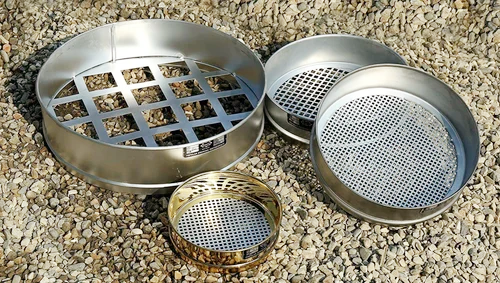
Agricultural gruesos test sieves are experimental equipment used for particle size analysis, grading and testing of agricultural soil, gruesos, compost, organic fertilizer and other materials. They are commonly used in agricultural research, soil improvement, planting matrix analysis and other fields. It can help analyze the composition of soil particles (such as sand, powder, clay) or sieve out impurities and non-homogeneous particles, especially when studying the characteristics of soil fertility, drainage, bearing capacity or agricultural loads (such as cartoons, compost) after mixing.
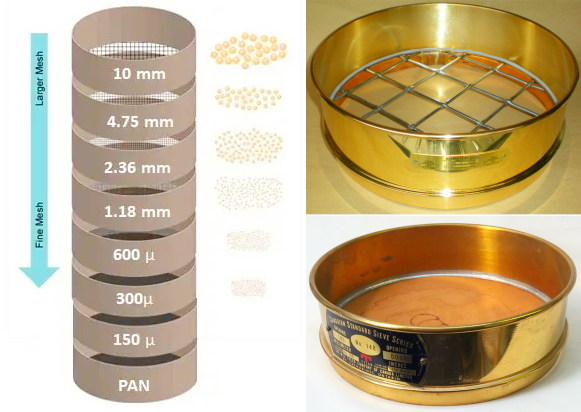
Agricultural gruesos test sieve is a series of sieves with gradually decreasing apertures that are vibrated to classify the particles by size:
Sample preparation: recent main soil or soil sample (usually 500g-2kg), air-dried (110±5°C), large debris (such as roots, stones) are removed.
Sieving process: The sample is sucked into the largest aperture sieve and vibrated (5-10 minutes) to allow small particles to pass through the sieve and fall into the lower layer or collection tray.
Weighing and calculation: Weigh the mass of particles retained by each layer of sieve separately, and calculate the mass specific gravity of each particle segment. Different particle size distribution curves.
Wet screening method (optional): For samples containing a lot of mud or fine powder, water can be added to dilute the sediment, which is suitable for fine particle analysis in agricultural gruesos.
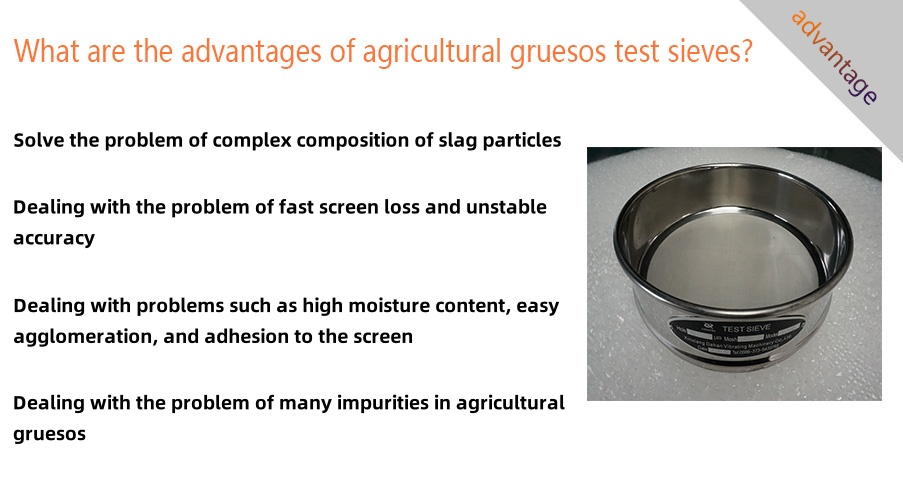
Agricultural gruesos does face many challenges during the screening process, such as: complex particle size, high moisture content, many impurities, easy to stick to the net, blockage, low efficiency and other problems. In order to solve these problems, agricultural gruesos test sieves (especially modern electric or vibrating test sieves) have made targeted optimizations in structure and function design.
① Solve the problem of complex composition of slag particles
Agricultural gruesos particles contain soil blocks of different sizes, sand particles, organic matter, gravel, rhizomes, etc. Agricultural gruesos test sieve adopts a multi-layer graded screen to grade and extract particles of different sizes through screens with different apertures.
② Dealing with the problem of fast screen loss and unstable accuracy
Agricultural coarse gruesos particles/impurities may scratch the screen, and inconsistent screen tension affects the results. Agricultural gruesos test sieve adopts stainless steel precision screen, which is more wear-resistant, has a uniform tension structure, and is more convenient to maintain.
③ Dealing with problems such as high moisture content, easy agglomeration, and adhesion to the screen
Wet soil is easy to stick together and clog the sieve holes, affecting the screening efficiency. Agricultural gruesos test sieve adopts vibration screening with anti-sticking design. The electric vibration frequency is high, which can effectively loosen the soil clumps; some screens are equipped with anti-blocking balls and ultrasonic devices.
④ Dealing with the problem of many impurities in agricultural gruesos
Agricultural gruesos contains a large amount of impurities (such as grass roots, fibers, plastics), agricultural waste, and compost residues are often mixed with plant roots, plastic films, etc. Agricultural gruesos test sieve can be equipped with pre-screening or coarse screening layers to effectively separate large pieces of debris or non-soil components.
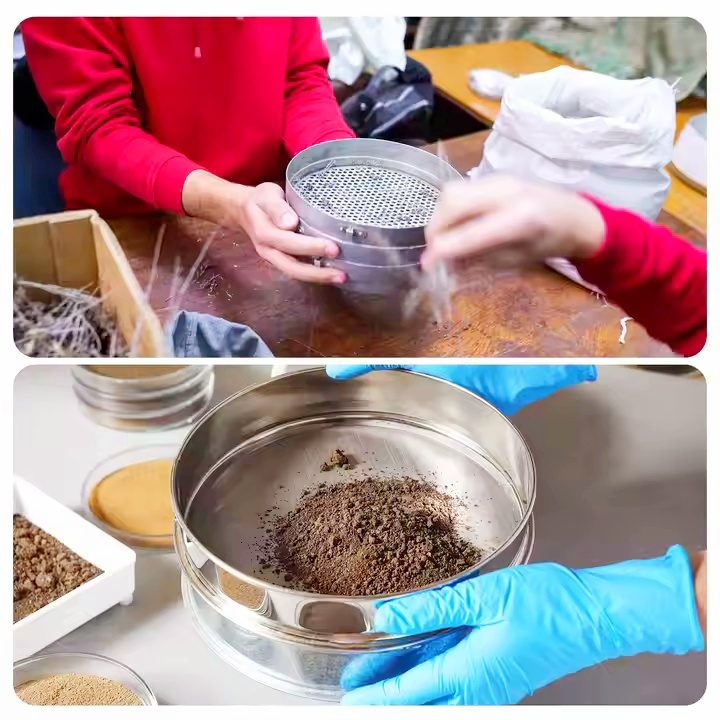
Agricultural gruesos test sieve is an instrument used for particle analysis and other tests on agricultural gruesos. It is mainly used to analyze the particle grading of agricultural gruesos. Agricultural gruesos test sieve uses sieves of different apertures to classify the gruesos particles by size in order to understand the particle composition of the gruesos, which is of great significance for studying soil structure, fertility, permeability, and evaluating the impact of gruesos on agricultural production.
Soil physical property analysis (particle grading and soil fertility assessment)
Screening of farmland improvement materials (such as humus, organic fertilizer)
Screening of seedling matrix particles
Screening and testing of construction gruesos
Fertilizer plants, soil laboratories, agricultural science institutes

I. Clay soil screening:
Problem: The granular soil content of a certain red soil is >40%, and it is severely agglomerated during dry screening, and 0.075 mm sieve silt.
Solution: Agricultural gruesos test sieve adopts wet screening method, adds 0.2% sodium hexametaphosphate dispersion, and is equipped with spot cleaning (30kHz). The screening is completed in 10 minutes, and the fine particle ratio is corrected from 15% to 38%.
II. Compost soil analysis:
Problem: Soil containing dissolved compost has wet sticky organic matter floating, and 2 mm sieve drilling silt.
Solution: The pre-screening (10mm) of agricultural gruesos test sieve achieves dissolution, and low-frequency high-amplitude vibration (30Hz, 6mm) is used after wet screening, and the screening efficiency is increased by 50% with the pre-screen.
3. Reclamation test:
Problem: The soil containing rubble and plastic is highly heterogeneous, and the single screening result has large deviation.
Solution: Agricultural gruesos test sieve is sampled by quartering method (5-point mixing), sieved 3 times (800g each time), pre-separated with 19mm coarse sieve, and automatically recorded data. The uniformity coefficient Cu is optimized from 4.5 to 3.8, reflecting the actual distribution particle size.
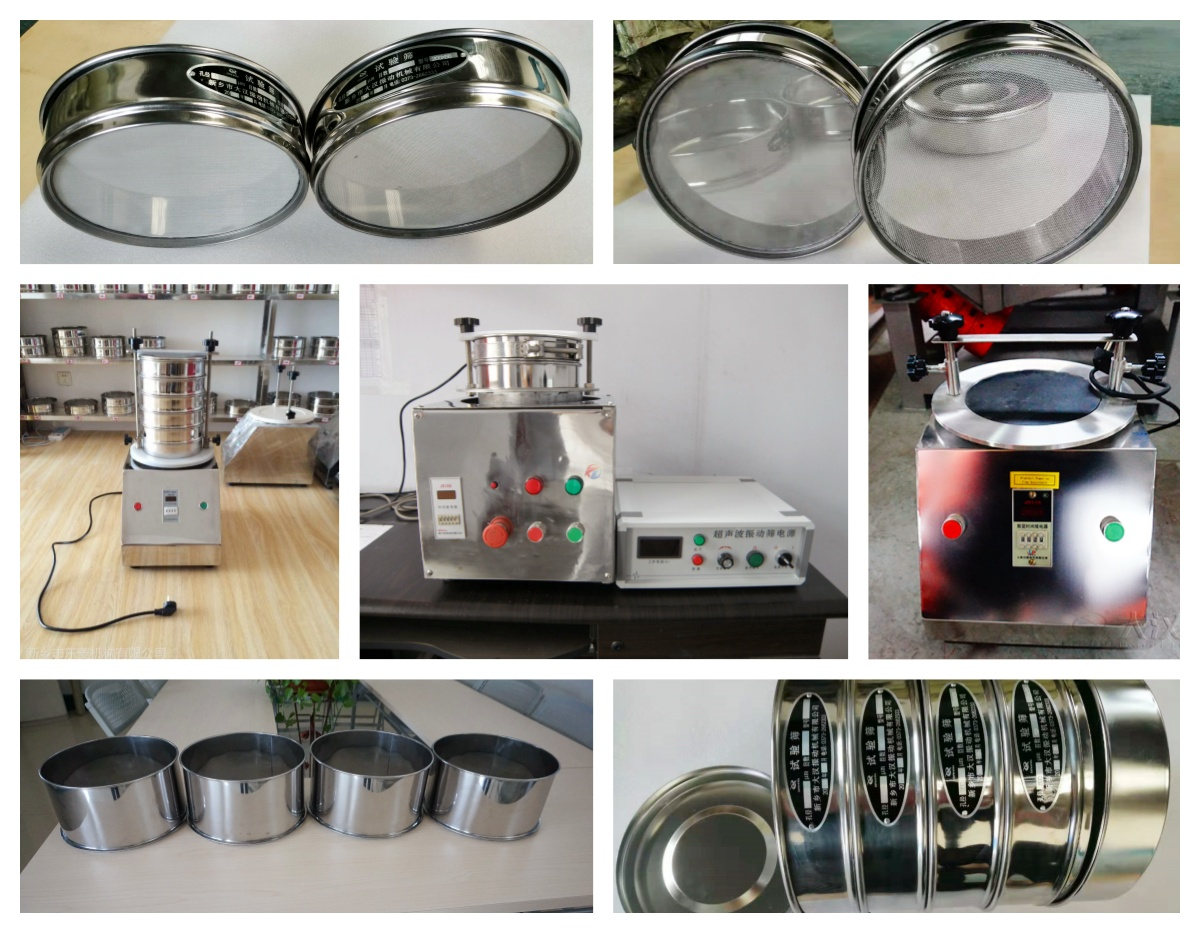
If you have specific agricultural soil types (such as high organic compost, saline-alkali land) soil or screening problems (such as ultra-fine soil analysis), you can provide more details, and I will further customize the solution or recommend an intelligent test sieve model!
Stainless steel corn grits test sieve
Stainless steel corn grits test sieve is a screening device specially used for particle size analysis and quality control of corn grits...
What Is An Electromagnetic Sieve Shaker?
Electromagnetic sieve shaker is a screening equipment used for testing and laboratory research. It is often used to screen and classify small batches...
Test sieve shaker is a laboratory equipment used for particle screening and classification, also known as laboratory shaker or laboratory vibrating...
Phosphate Test Sieve is an experimental tool used to screen different particle sizes in phosphate samples and detect the phosphate...
Vitamin powder slapping screen
Vitamin powder slapping screen is a device used to screen vitamin powder. It screens materials through mechanical vibration and slapping...
Stainless steel sieve shaker model features
Stainless steel sieve shaker is an important tool for particle size analysis. Its model features are mainly reflected...
What is the wet sieving process?
Wet sieving process is a sieving process assisted by a liquid (usually water or a solution containing a dispersant) to more effectively...
Brass Sieve Shaker manufacturer
One of the manufacturers of brass sieve shakers is Xinxiang Dahan Vibration Machinery Co., Ltd. (referred to as "Dahan Machinery"). Our company...
Apr 11, 2025
Agricultural gruesos Test sieves
Agricultural gruesos test sieve is a kind of experimental equipment specially used to analyze the par...
Apr 10, 2025
Brass Sieve Shaker manufacturer
Dahan Machinery is a manufacturer specializing in the production of brass sieve shakers, with a certa...
Apr 09, 2025
What is the wet sieving process?
Wet sieving is a screening process assisted by liquid, mainly used to more effectively separate fine ...
Apr 09, 2025
Stainless Steel Sieve Shaker Model Features
Stainless steel sieve shaker, an essential tool for particle size analysis, is characterized by its h...
![]()
Then we look forward to hearing from you
Contact Us
Industrials
Yanjin county forest park gate to the west 1000 meters north road sitemap
